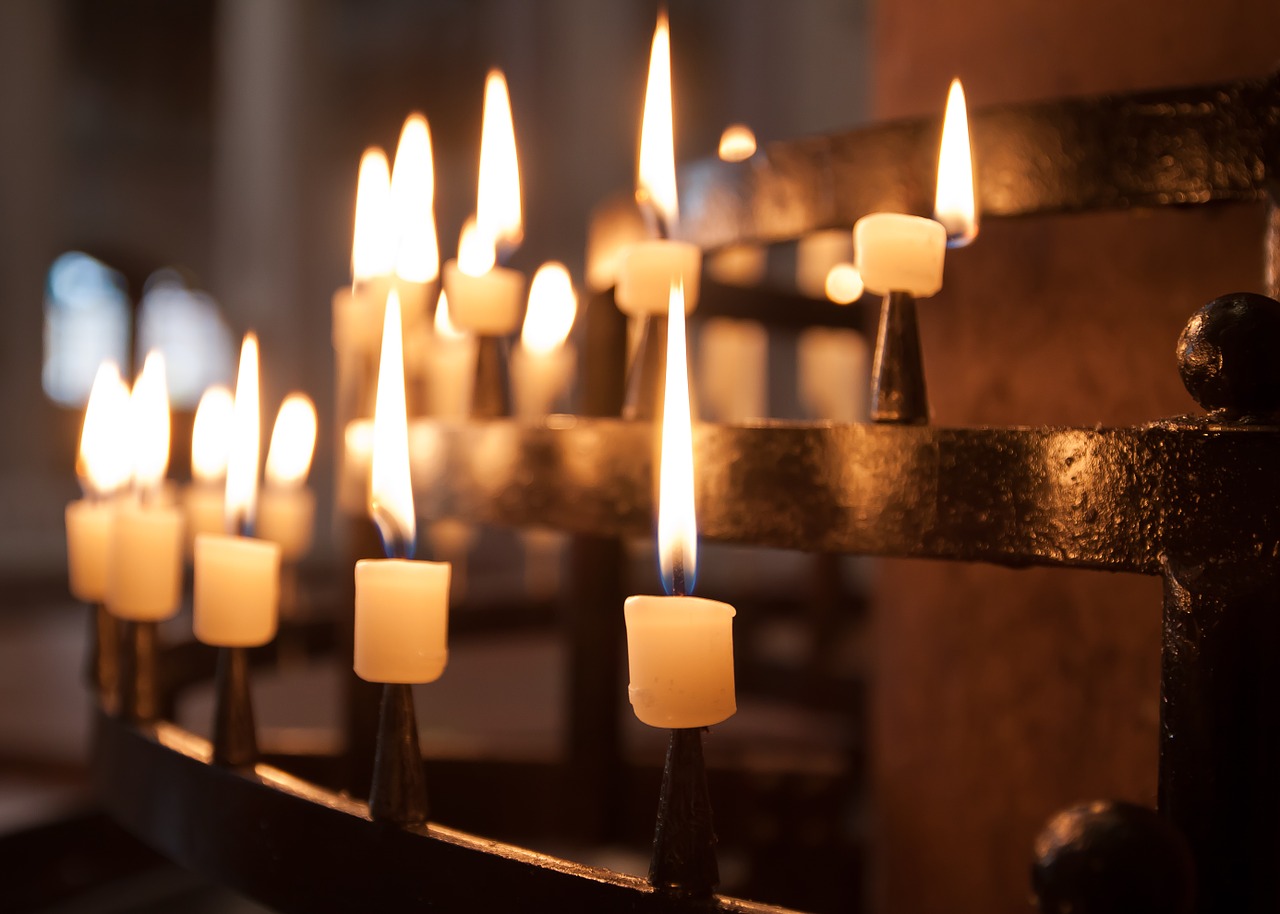Answered by Legionary of Christ Father Edward McNamara, professor of liturgy and dean of theology at the Regina Apostolorum university.
***
Q: I have looked everywhere for an answer to the question of the required (not just proper) color for exposition of the Blessed Sacrament during Lent (and other seasons). I know that the Congregation for Divine Worship, in Eucharistiae Sacramentum, No. 92, mentions that the Benediction is to be done with a white cope and humeral veil, but what about the act of exposing the Blessed Sacrament, apart from the rite of Benediction? I had always thought that only white was to be used, even for the beginning of exposition, but I recently saw a cleric a purple cope to expose the sacrament. I’m pretty sure this is wrong — I believe he should have worn white. But is there a document I could point to so that this can be corrected? — P.K., Cincinnati, Ohio
A: No. 92 of «The Roman Ritual: Holy Communion and Worship of the Eucharist Outside Mass» says the following regarding the minister of exposition and Benediction:
“The minister, if he is a priest or deacon, should vest in an alb, or a surplice over a cassock, and a stole. … The priest or deacon should wear a white cope and humeral veil to give the blessing at the end of adoration, when the exposition takes place with the monstrance; in the case of exposition in the ciborium, he should put on the humeral veil.”
No. 93-94 also has some details:
“After the people have assembled, a song may be sung while the minister comes to the altar. If the holy eucharist is not reserved at the altar where the exposition is to take place, the minister puts on a humeral veil and brings the sacrament from the place of reservation; he is accompanied by servers or by the faithful with lighted candles.…
«In the case of more solemn and lengthy exposition, the host should be consecrated in the Mass which immediately precedes the exposition and, after communion, should be placed in the monstrance upon the altar. The Mass ends with the prayer after communion, and the concluding rites are admitted. Before the priest leaves, he may place the blessed sacrament on the throne and incense it.”
From these norms we can deduce the following:
The usual color for exposition and Benediction is white for stole cope and humeral veil.
The humeral veil is practically always white. The only exception that is foreseen in the rubrics is the option of using a red or violet humeral veil to carry the Blessed Sacrament from the altar of reservation to the altar during the rite of Holy Communion on Good Friday. Considering that this exception is for one day a year, few places go to the trouble of obtaining such humeral veils.
Since the humeral veil is almost always white, then the stole would be of the same color.
However, the norms themselves imply possible exceptions with respect to exposition. For example, in the case mentioned in No. 94 above, the priest would expose wearing the chasuble and stole of the corresponding Mass. Since this form of exposition is not tied to particular feasts, the exposition could use any liturgical color.
The above would be the most common exception. Another would be if solemn vespers are celebrated at the conclusion of a prolonged period of adoration. In this case the celebrant could wear a stole and cope of the proper liturgical color of the office and then give the Benediction using a white humeral veil. Otherwise he could wear white for the hour of the Divine Office.
Due to these exceptions, we cannot say that the rule that white is always the required color is a strict rule. However, the exceptions are always in the context of another liturgical act being in some way combined with exposition or Benediction.
In the case mentioned by our reader, if solemn lauds or vespers were to immediately follow exposition, then it could be an option to expose in a cope of a different color than white.
If this is not the case, then it would not be correct to use stoles or copes of any color other than white for the moment of exposition and Benediction.
* * *
Readers may send questions to zenit.liturgy@gmail.com. Please put the word «Liturgy» in the subject field. The text should include your initials, your city and your state, province or country. Father McNamara can only answer a small selection of the great number of questions that arrive.

Pixabay.com - Foto-Rabe
LITURGY Q & A: Vestments for Exposition and Benediction
Fr. Edward McNamara Says White Is the Standard Color


